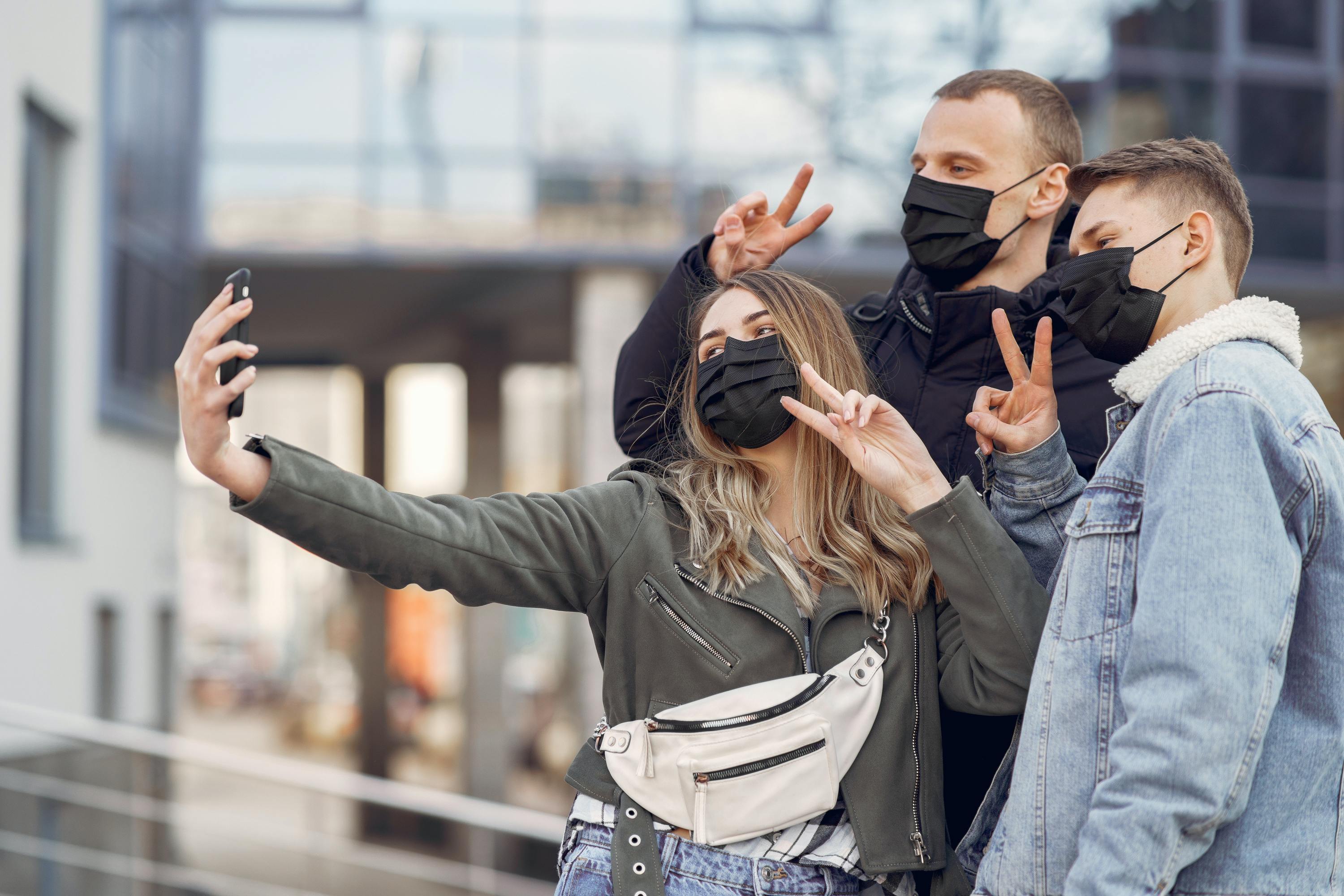What’s a coronavirus superspreader?
A small number of people appear to hav a disproportionate effect on spreading the virus.
As we learn more about how the coronavirus spreads between people, there’s more evidence to suggest that most infections are transmitted by a select few individuals we call “superspreaders.” Here’s what a superspreader is, the role these people play in transmitting the virus, and what we’re trying to do about it.
What is a superspreader? The word is a generic term for an unusually contagious individual who’s been infected with disease. In the context of the coronavirus, scientists haven’t narrowed down how many infections someone needs to cause to qualify as a superspreader, but generally speaking it far exceeds the two to three individuals researchers initially estimated the average infected patient could infect.
What’s the impact of superspreaders for covid-19? Researchers are beginning to come to a consensus after several new studies showing that coronavirus transmission more or less follows the 80/20 Pareto Principle (named after Italian economist Vilfredo Pareto): 80% of all consequences come from just 20% of the possible causes. For covid-19, this means 80% of new transmissions are caused by fewer than 20% of the carriers—the vast majority of people infect very few others or none at all, and it’s a select minority of individuals who are aggressively spreading the virus. A recent preprint looking at transmission in Hong Kong supports those figures, while another looking at transmission in Shenzhen, China, pegs the numbers closer to 80/10.
This story is only available to subscribers.
Don’t settle for half the story.
Get paywall-free access to technology news for the here and now.
Subscribe now
Already a subscriber?
Sign in
Lots of outbreaks around the world have been linked to single events where a superspreader likely infected dozens of people. For example, a choir practice in Washington State infected about 52 people; a megachurch in Seoul was linked to the majority of initial infections in South Korea; and a wedding in Jordan with about 350 guests led to 76 confirmed infections.
What makes someone a superspreader? We don’t yet know what it is about the biology of some people that causes them to be superspreaders. It might have something to do with increased viral loads and shedding more virus than is normal, but we still don’t know what would trigger this, let alone how to identify it through practical means.
What do we do about superspreaders? Though we can’t medically diagnose superspreaders, we can still limit their impact. Contact tracing is still critical for identifying potential carriers and isolating them and anyone they have been in contact with—which keeps superspreaders from moving around and spreading the virus. Epidemiologists also point to mitigating the “three Cs” of transmission: closed spaces with poor ventilation, crowded settings, and close contact with others. That means encouraging outdoor seating when possible and maximizing ventilation in any indoor settings, limiting the number of people inside rooms and buildings, and continuing to keep individuals spaced apart by at least six feet.
